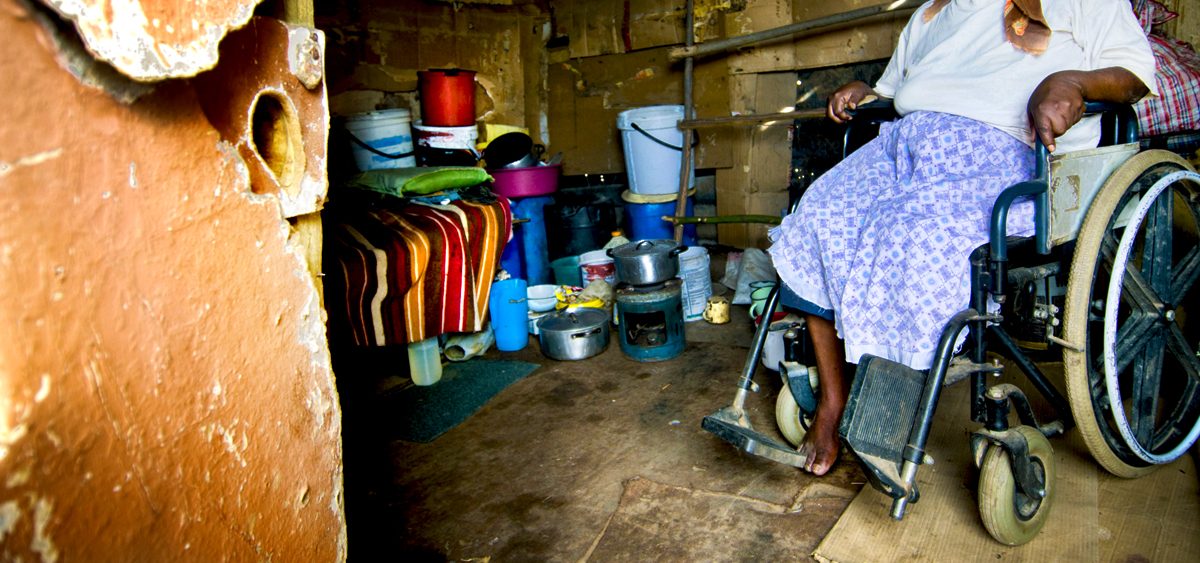Making the world a fairer place for surgical care
“Life isn’t fair.” This is a phrase used all too often to explain the inexplicable, to provide some kind of rationale for inequality in the world. It appears that in terms of global access to surgical care, the ever-elusive ”˜fairness’ is still just a dream.
At the AO Alliance Foundation, we believe that there is a way to improve this aspect of healthcare. We believe passionately in fairness ”“ fair access to the treatment of fractures, wherever you live, and fair apportionment of the resources required to make this happen.
The Commission on Global Surgery, supported by the Lancet, also recognizes the need to address this global inequality. The Commission aims to drive policy change so that wide-ranging improvements in surgical care can be made throughout the world ”“ whether for fracture repair or any other type of procedure.
Just how big is the problem of global inequality in access to surgery? And how can we address it? In two recent publications,1,2 the Commission provides some answers.
Their findings can be summarized in five key messages.
Message 1: Nearly 5 billion people lack access to surgery
Providing healthcare to 7 billion people across the globe is hugely complex. However, healthcare really comes down to four essential components ”“ the so-called 4S’s:
- Staff: The doctors, nurses and administrators who treat patients and run the system.
- Stuff: The equipment needed to do the work, from simple things like scalpels and rubber gloves to sophisticated devices like X-ray machines and hip prostheses.
- Space: The wards, operating theaters and outpatient clinics where patients are treated.
- Systems: The underlying structures ”“ like access to training and proper administration ”“ that allow the staff and equipment to work for the best outcomes of patients.
All too often, one (or more) of these elements is missing or inadequate.
For example, when it comes to surgery, relatively few people actually have access to safe, affordable and timely surgical care ”“ around 2 billion individuals in total.1
The remaining 5 billion ”“ a figure based on a sophisticated modeling procedure performed by the Commission on Global Surgery ”“ have no such access because of the absence of proper surgical centers in their area, the inability to perform a procedure safely or high costs unaffordable to the patients.
What’s more, access varies widely depending on where you live. In North America and Western Europe, almost everyone has access to safe, affordable and timely surgical care; in many parts of South Asia and sub-Saharan Africa, more than 95% of people have no access at all.1
Message 2: Millions more surgeries are needed in low- and middle-income countries
Of course, having no access to surgical care is only a problem when you actually need surgery. So how many people are missing out?
The Commission estimates that, every year, 143 million necessary surgical procedures are not performed as a result of access failure.2 That adds up to hundreds of millions of people denied surgeries that could alleviate suffering, prevent disability or even save lives.
Message 3: Millions of people face catastrophic expenditure to pay for surgeries
Even when people can access surgery, the consequences can sometimes be catastrophic, for one simple reason: cost.
In countries without a nationalized healthcare system or broad access to appropriate insurance, the patient has to shoulder the price of surgery. The Commission on Global Surgery has calculated that around 33 million people face financial ruin every year as a direct consequence of availing of surgical services.2 Another 48 million face impoverishment as a result of the non-medical costs of getting this care, such as transportation, lodging and food.
Most of those at risk live in the world’s poorest countries, in sub-Saharan Africa and South and Southeast Asia.2
Message 4: Urgent investment is needed
Improving surgical services in low- and middle-income countries is affordable and saves lives.2 It also promotes economic growth, for example, by helping those affected to get back to work. Urgent investment in the 4S’s ”“ staff, stuff, space and systems ”“ is required.
This is where organizations like the AO Alliance Foundation can make an enormous difference. We are committed to improving the care of patients with bone fractures in low-income countries by supporting projects that will have a powerful and sustainable impact: helping patients; training healthcare workers; and empowering communities.
However, we cannot change the world on our own. Our efforts must be part of a concerted international strategy to scale up global surgical access.
Message 5: Surgery is an indispensable part of healthcare
All of which brings us to the final key message, which relates to the bigger picture ”“ the human right to health. As noted by Jim Kim, President of the World Bank: “Surgery is an indivisible, indispensable part of healthcare.”2
If we want a world in which everyone has equal opportunities for health, welfare and development, then access to safe and affordable surgical care is essential.2 And when surgical care is finally available to more people, will it make life just a little bit fairer? The answer, of course, is ”˜yes’.
References
- Alkire BC, Raykar NP, Shrime MG, et al. Global access to surgical care: a modelling study. Lancet Glob Health 2015;3:e316-e323.
- Meara JG, Leather AJ, Hagander L, et al. Global Surgery 2030: Evidence and solutions for achieving health, welfare, and economic development. Lancet [Epub ahead of print].
